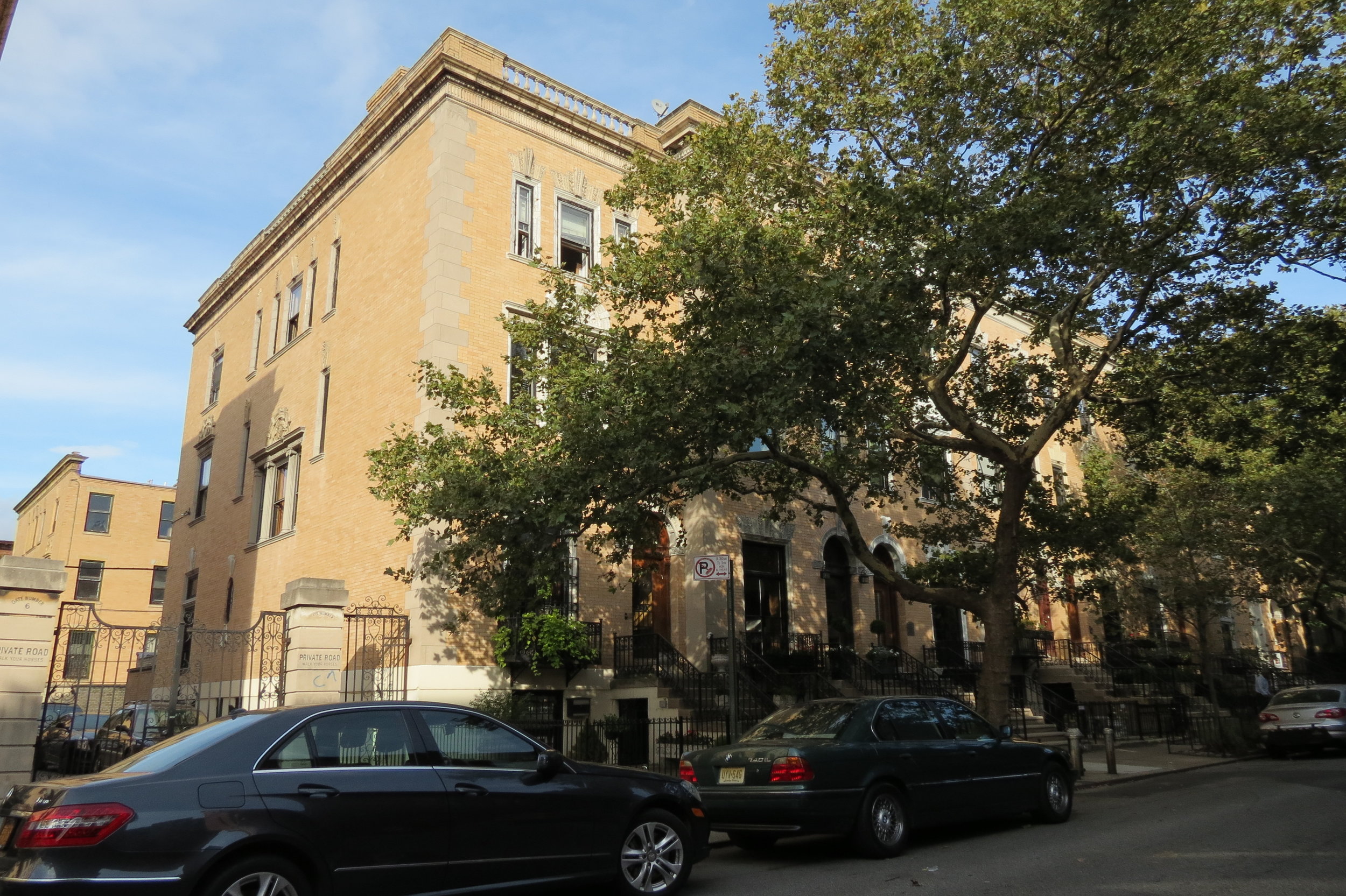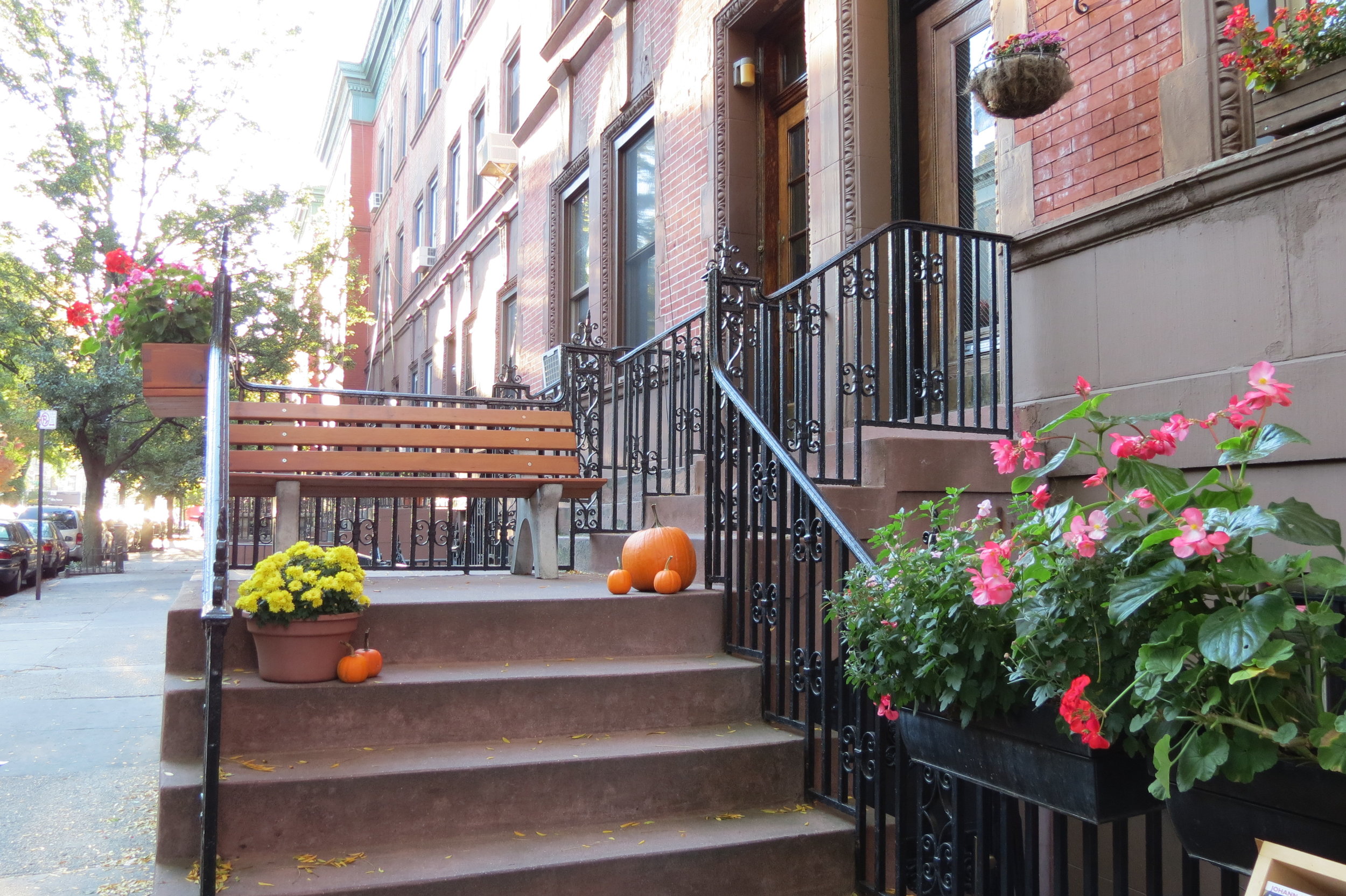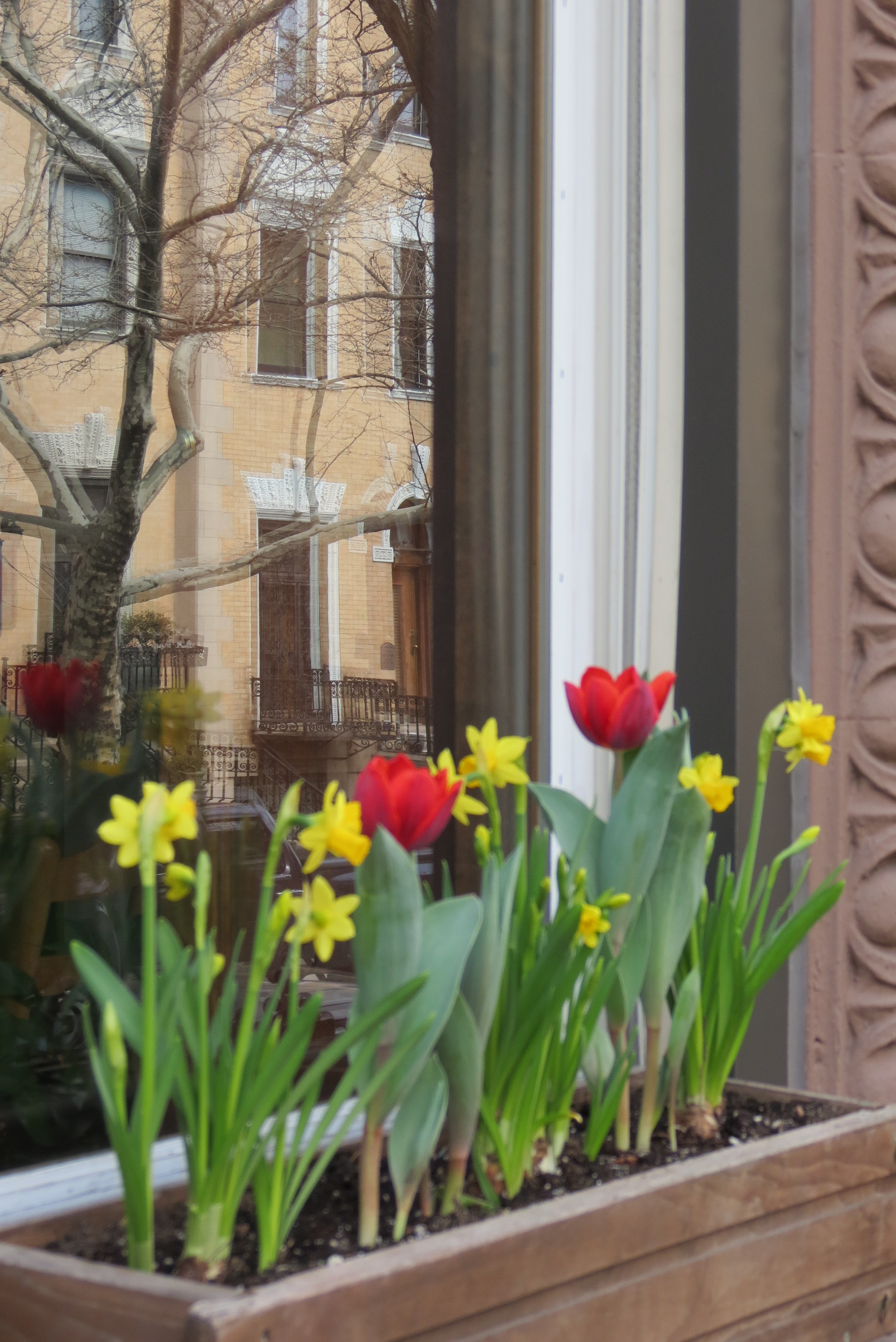A Legacy of Strivers
Evocative of the intellectual, social, and artistic evolution during the Harlem Renaissance, the history of Strivers’ Row is a storied one. Originally named King Model Houses, the community’s colloquial name was born from its residents — beginning in 1919, Strivers’ Row, and of course Harlem in general, became a cultural mecca for black intellectuals and artists of the time.
Music & Entertainment
From Bojangles to Tupac, Fletcher Henderson to W.C. Handy, Strivers’ Row has been home to musical artists as much as it’s been mentioned by them. The list continues: Will Marion Cook, noted composer, conductor, and violinist; and Eubie Blake, Flournoy Miller, and Noble Sissle, writers of “Shuffle Along” all lived on the Row. Comic actor Stepin Fetchit, heavyweight boxer Harry Wills, and orator William Pickens also shared the honor, while singer Bob Dylan owned a home here for 14 years.
Business & Politics
Strivers’ Row was where Congressman and preacher Adam Clayton Powell, Jr. lived, back when the adjoining Boulevard that now bears his name was simply “Seventh Avenue”. Harry Pace — music publisher, insurance executive, and founder of Black Swan Records — also called Strivers’ Row home, along with Vertner Tandy, the first commissioned African-American architect in the state of New York, and renowned activist and surgeon Dr. Louis T. Wright. The corner of 138th and 7th is named for New York State Supreme Court Justice "Turn 'Em Loose" Bruce Wright, who also lived on the Row and became father to the politician Keith Wright. Resident Samuel J. Battle became the first black officer in the New York Police Department, and has had his story remembered through the words of Langston Hughes.
Strivers’ Row Today
Officially designated as the St. Nicholas Historic District in 1967, these blocks of stately row homes continue to attract artists and professionals alike. To this day, the three distinct architectural styles of Strivers’ Row are collectively recognized as gems of New York City, and an outstanding example of late 19th-century urban design. The three sets of buildings include:
The red brick and brownstone buildings on the south (even-numbered) side of West 138th Street and at 2350–2354 Adam Clayton Powell Jr. Boulevard, designed by James Brown Lord in the Georgian Revival style.
The yellow brick and white limestone with terra cotta trim buildings on the north (odd-numbered) side of 138th and on the south (even-numbered) side of 139th Street and at 2360–2378 Adam Clayton Powell Jr. Boulevard, designed in the Colonial Revival style by Bruce Price and Clarence S. Luce.
The dark brick, brownstone, and terra cotta buildings on the north (odd-numbered) side of 139th Street and at 2380 Adam Clayton Powell Jr. Boulevard, designed in the Italian Renaissance Revival style by Stanford White of the firm McKim, Mead & White.
In addition to being designated by the New York City Landmarks Preservation Commission, the district was listed on the National Register of Historic Places in 1975.
The district’s rich history — and that of the surrounding neighborhood in general — is now enjoyed by residents and tourists alike, with walking tours available for free and many tours advertised on TripAdvisor.
Photography by Anita Clement and Antonio Jefferson. Website by Solve IT Simply.





















